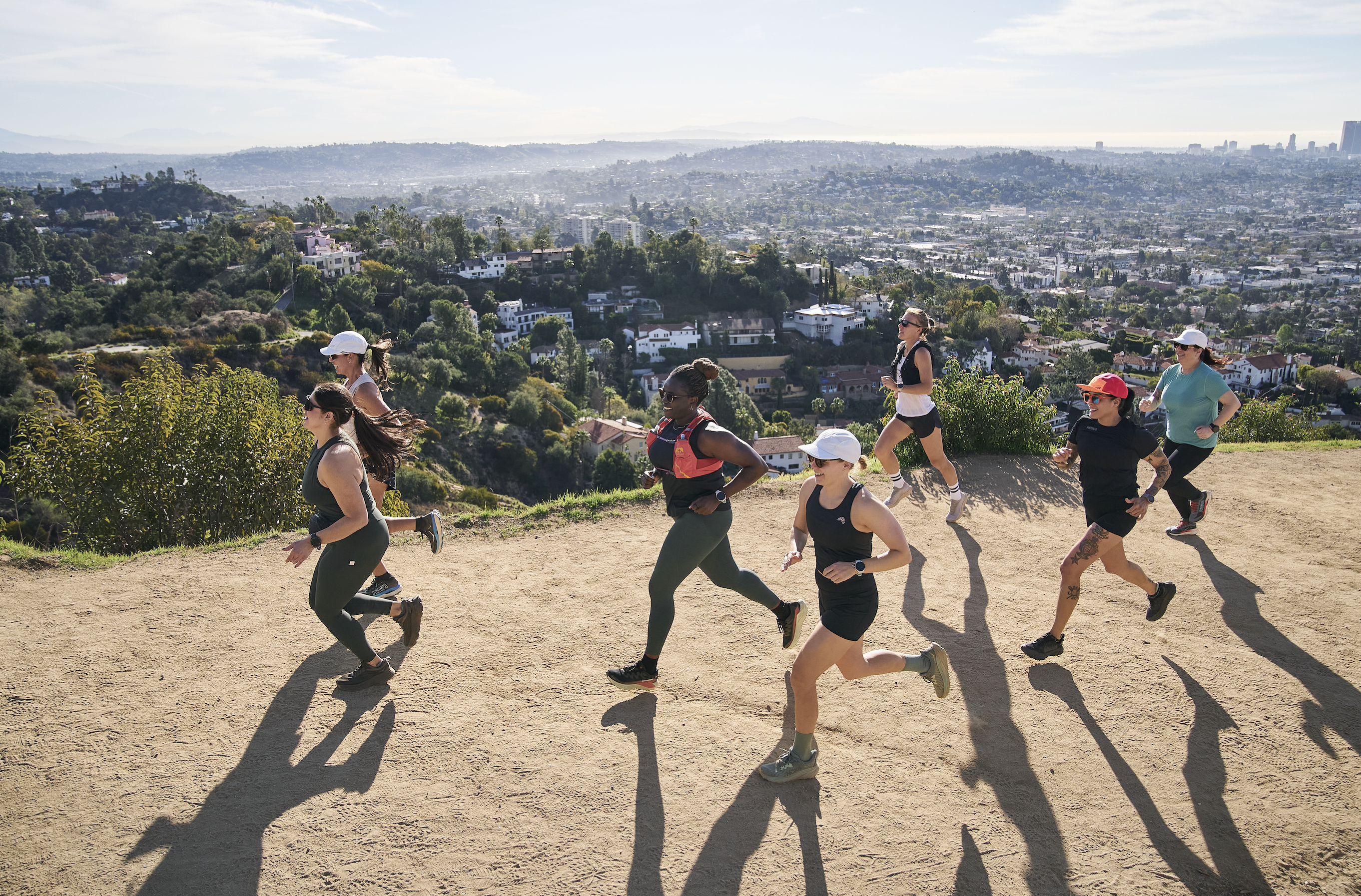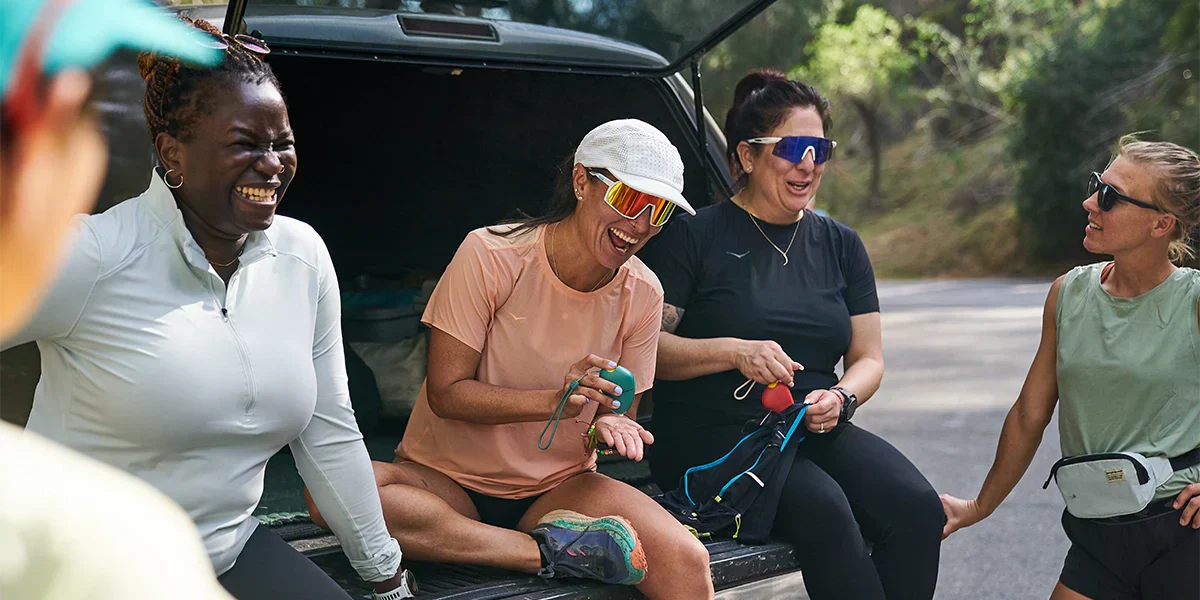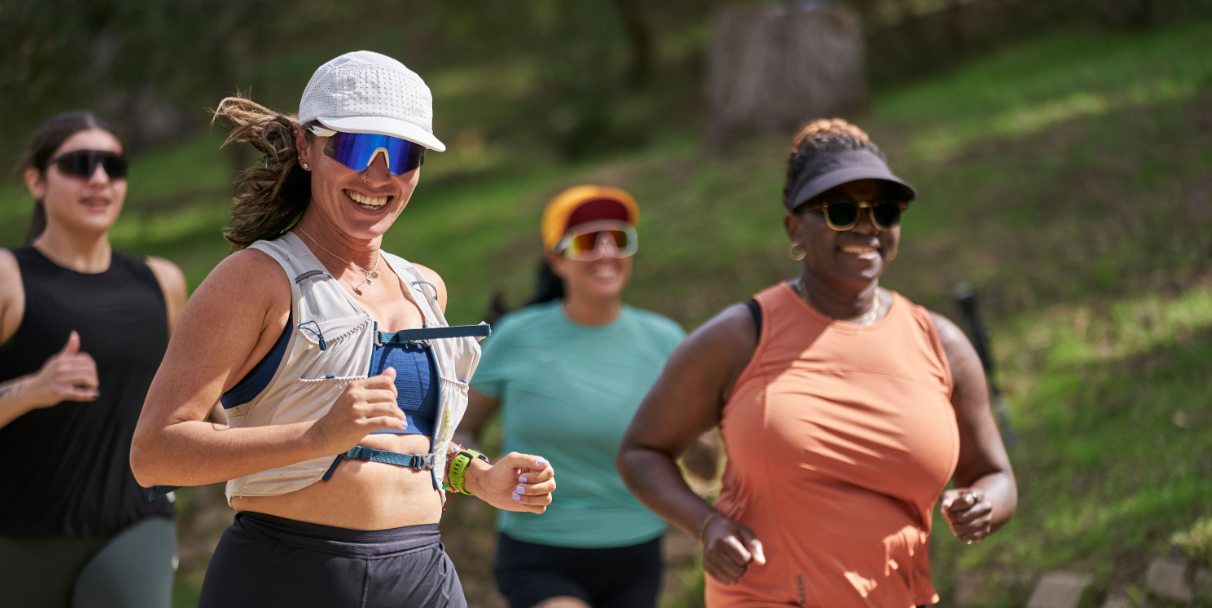
Stay Wild, Stay Sun-Safe: Tips for Outdoor Lovers
Written by Alexandra Merlino
Outdoor activities like hiking, biking, and kayaking offer incredible experiences, but sun safety remains crucial for protecting yourself from potentially life-long harm. Whether you're skiing down slopes or paddling across open water, understanding proper sun protection can transform your outdoor adventures from risky to rewarding.
Understanding UV Risks in Outdoor Recreation
Many outdoor enthusiasts underestimate the impact of UV rays on their skin. UVA and UVB rays pose serious threats, with surface sunburn effects fading quickly while deeper damage persists at the DNA level, causing wrinkles, premature aging, sun spots, and cancer.
Higher altitudes increase risks as UVB rays strike at closer range. Don't let cloudy days fool you; those UV rays penetrate cloud cover and can still burn your skin despite the ozone layer's partial protection.

Biking: Road and Trail Protection
Cycling on open roads means extended direct sunlight exposure, while even shaded mountain biking trails provide significant sun contact.
Essential biking protection includes avoiding midday cycling (10 a.m. to 4 p.m.) when UV rays are strongest. Morning rides dramatically reduce direct sunlight exposure. Wear protective clothing with high UPF ratings and remember that regular long sleeves don't guarantee protection since UV rays penetrate many materials.
UV-protected sunglasses protect sensitive retinas from lasting damage caused by extended squinting. Apply SPF 30 or higher sunscreen every two hours, more frequently when heavily sweating.
Kayaking: Water-Based Sun Challenges
Open water kayaking offers minimal shade, with ocean paddling presenting the most intense exposure. Rivers provide occasional tree cover but still involve substantial sun contact.
Protective measures include wide-brimmed hats, shading the face and neck, with neck capes providing additional coverage. Stay hydrated with plenty of water while wearing protective clothing rated UPF 30 minimum (50+ optimal).
Apply SPF 30+ sunscreen before launching and reapply every two hours, more often when swimming or in whitewater conditions. Schedule trips for early morning or late day when possible.
Hiking+ Trail Running: Trail-Specific Precautions
Hiking's accessibility makes it easy to forget sun safety measures, but neglecting protection leads to painful consequences.
Essential hiking gear mirrors kayaking needs: wide-brimmed hats with neck capes and high UPF-rated clothing. Apply sunscreen every two hours, remembering that rigorous hiking may require more frequent application since waterproof sunscreens lose effectiveness against sweat faster than water.
Utilize shade whenever available on tree-covered trails, and plan open-area hikes for early morning hours.

Skiing: Winter Sun Misconceptions
Winter sports require continued UV protection due to snow's reflective properties, which can intensify sunray danger.
Apply sunscreen as you would in summer, reapplying every two hours or less when sweating. Winter apparel doesn't automatically provide sun protection—exposed extremities like wrists and faces remain vulnerable.
Wear UV-protective sunglasses, gloves, and face coverings to minimize the glare of reflected light.
Swimming: Maximum Vigilance Required
Swimming demands extra sun protection vigilance. The standard two-hour reapplication rule changes to reapplying sunscreen after every swimming session, restarting the clock each time you exit the water.
Even waterproof sunscreen requires reapplication every 60-80 minutes and after each swim. Don't become overconfident in sunscreen's protective abilities—seek shade when leaving water.
Wear sun hats, rash guards, swim shirts, long-sleeve swimsuits, or other protective clothing. Full neoprene wetsuits are recommended for everyone during extended water activities like snorkeling.
Transforming Your Outdoor Experience
The inconvenience of short-term sunscreen application stops many outdoor athletes from getting proper protection. However, practicing sun safety isn't just habit formation—it can positively transform your entire life and ensure continued enjoyment of outdoor sports.
My personal experience with UV damage has demonstrated how crucial sun safety is for outdoor enthusiasts. Realizing the necessity of sun protection sparked my passion for promoting proper sunscreen use.
Follow along as we share insights and environmentally safe products to transform your sun care journey, enabling safer outdoor adventures for years to come.


